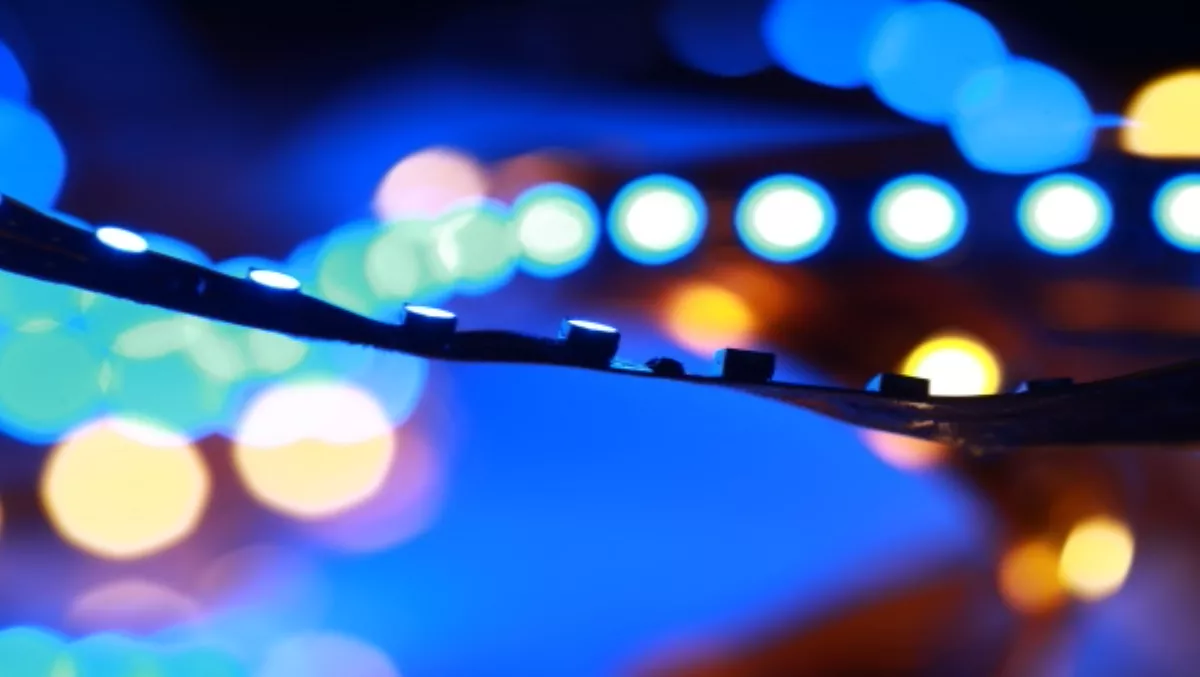
Is the humble LED the future of printing?
Dennie Kazuo Kawahara, Oki Data Australia managing director, takes up the case for LED technology - pioneered by Oki more than 20 years ago - versus laser printing.
Light-emitting diode (LED) technology is a hot topic. Used in applications ranging from televisions and outdoor advertising to motor vehicles and aircraft, LEDs are a compact, robust semiconductor light source with a longer life than their incandescent alternatives.
Despite the current surge of interest, LED technology has been used in printing for more than 20 years. Since then, as with all technologies, there has been a process of continual evolution.
Today’s printheads are much more efficient than their forebears. They are more compact yet deliver outstanding print quality. Plus, customers love them because compared to alternative print technologies, LED printers are exceptionally reliable.
Technologies compared
Most organisations are familiar with laser printers that rely on elaborate combinations of rotating mirrors and lenses that must remain in alignment throughout use. The laser scans from one end of a line to another, zig-zagging down the lines to the end of the page. As it does so, the mirrors and lenses direct the laser light to a photo-receptive drum where an electrostatic charge attracts toner and the image is transferred to the printed page.
In an LED printer, instead of lenses and mirrors, the printhead comprises many LEDs, each individually turning on and off according to print signals. These LEDs project the light that creates an image on the drum. From here, the process through to output largely follows the same lines as the laser system.
What’s all the fuss about?
The biggest difference between LED and laser print systems is that the LED printhead is solid state. This is what makes the LED so reliable and attractive to consumers and businesses alike. With no moving parts, the LED print system lasts longer because it does not suffer from the wear and tear that affects laser systems.
Also, with fewer parts to build, LED printers can be made smaller. Some full-scale A3 colour LED printers have a footprint similar to a traditional A4 laser printer.
Smaller machines and less moving parts mean greater energy efficiency. In today’s carbon-aware world, this can be an increasingly important factor for business users.
Because of the way the LED printhead spans the full width of the page, optical errors are eliminated and image quality is improved compared to alternative technologies. In addition, with resolution up to 1200 x 1200 dpi (dots per inch), LED printers can produce images of impressive quality.
The LED print system has come a long way in the past two decades. Its benefits have tapped into some of today’s key purchasing criteria. It’s little surprise then that many in the industry are convinced now is the time for LED to shine and for resellers to reap a business opportunity.

